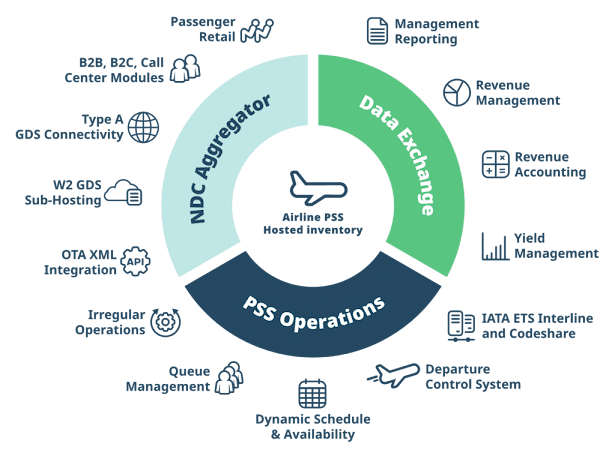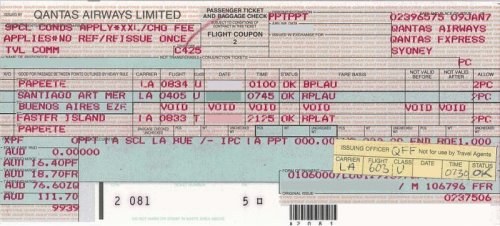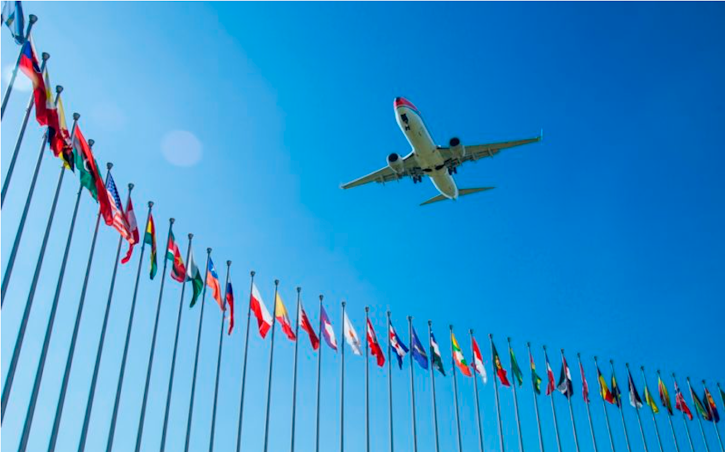LUA, Lukla Airport, Nepal

LUA, Lukla Airport, Nepal Lukla Airport or Tenzing – Hillary Airport, is the closest Airport to Everest and Everest Base Camp. Lukla Airport is located in the town of Lukla, in Khumbu Pasanglhamu, Solukhumbu District, Province No. 1 of Nepal. IATA: LUA ICAO: VNLK Owner: Government of Nepal Operator: Civil Aviation Authority of Nepal Serves: Lukla, Nepal Hub: Air Dynasty Time Zone: NST (UTC+05:45) Elevation AMSL: 9,337 ft / 2,846 m Coordinates 27°41′16″N 086°43′53″E The airport is popular because it is considered the starting point for treks towards Mount Everest Base Camp. There are daily flights between Lukla and Kathmandu during daylight hours in good weather. Although the flying distance is short, rain commonly occurs in Lukla while the sun is shining brightly in Kathmandu. High winds, cloud cover, and changing





